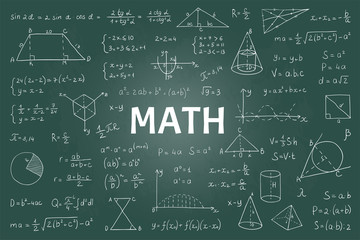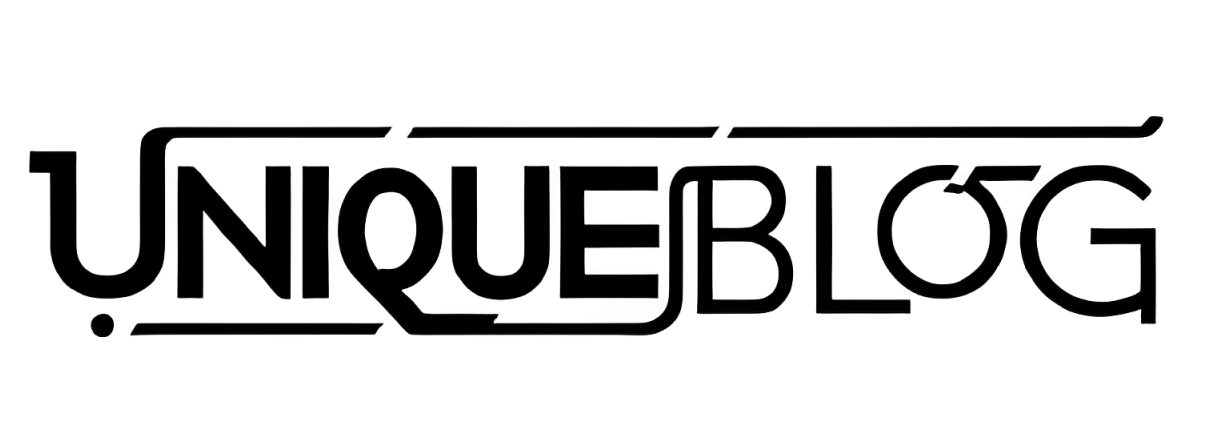Let’s start with a basic question: what does 0.58×3.25 really mean? This expression represents a multiplication problem where we multiply two decimal numbers, 0.58 and 3.25. While it may look tricky, it’s actually a simple arithmetic task. Multiplying decimals is about understanding how to handle digits and place values correctly. If you know how to multiply whole numbers, you already have most of the skills you need. The main difference lies in where to place the decimal point in the final answer. The correct answer to 0.58×3.25 is 1.885, but let’s explore how to get there step by step.
Why Decimal Multiplication Matters
Decimals appear in everyday life more often than we realize. Whether you’re shopping, cooking, or budgeting, decimals are everywhere. Understanding how to multiply decimals like 0.58×3.25 helps you handle money, measurements, and data with confidence. For example, if something costs $0.58 and you buy 3.25 of that quantity, you need multiplication to know the total. The process might look small, but it’s a foundational skill that supports countless real-world calculations.
Breaking Down 0.58 and 3.25
Before we multiply, let’s understand the numbers. The number 0.58 means fifty-eight hundredths, which is slightly more than half. The number 3.25 means three and twenty-five hundredths, or three and one-quarter. When you multiply these two numbers, you’re finding out what 0.58 of 3.25 equals. It’s like saying, “What’s 58% of 3.25?” Thinking about decimals as percentages can make the math easier to picture and remember.
Step-by-Step Process to Solve 0.58×3.25
The best way to approach 0.58×3.25 is by ignoring the decimals first. Imagine you’re multiplying 58 by 325. This makes it simpler to work through. Once you get that result, you can adjust for the decimals. Let’s go step by step:
-
Remove the decimals temporarily: multiply 58 × 325 = 18,850.
-
Count how many total decimal places are in the original numbers: 0.58 has two, and 3.25 has two, making four total.
-
Move the decimal point four places to the left in 18,850.
So, the final answer is 1.885.
Understanding Decimal Places
When you multiply decimals, the number of decimal places in the result equals the sum of the decimal places in the numbers you multiply. In 0.58×3.25, both numbers have two decimal places, so the product should have four. This simple rule helps you avoid mistakes when placing the decimal. Many people skip this step and end up with answers that are too large or too small. Keeping track of decimal places ensures your answer stays accurate.

Checking Your Answer for 0.58×3.25
Let’s make sure 1.885 makes sense. You can do a quick estimation. If you round 0.58 to 0.6 and 3.25 to 3, you get 0.6 × 3 = 1.8, which is close to 1.885. That’s how you know your result is logical. Estimation is a great skill for catching calculation errors early. Even though decimals can look confusing, checking your result with rounding or mental math confirms you’re on the right track.
Real-Life Example: Money
Imagine you’re buying fruit that costs $0.58 per pound, and you’re purchasing 3.25 pounds. To find the total cost, you multiply 0.58×3.25. Following our earlier steps, the total is $1.885, or about $1.89. That’s exactly how you’d use this math in real life. Understanding this concept saves you from relying solely on calculators and helps you trust your numbers when budgeting or shopping.
Visualizing Decimal Multiplication
One way to better understand 0.58×3.25 is by using visual aids like grids or area models. Imagine a rectangle where one side represents 0.58 and the other represents 3.25. The area of that rectangle equals the product, 1.885. Visual models help students see multiplication as repeated addition, even with decimals. This method turns abstract numbers into something concrete and easier to grasp.
Using Fractions to Understand 0.58×3.25
If decimals confuse you, turn them into fractions. 0.58 = 58/100 and 3.25 = 325/100. Multiply those two fractions together:
(58 × 325) / (100 × 100) = 18,850 / 10,000 = 1.885.
This confirms the same answer. Understanding decimals through fractions shows the connection between different math concepts and gives you flexibility when solving problems.
Common Mistakes When Multiplying Decimals
One common mistake is forgetting to count decimal places correctly. Another is multiplying incorrectly before adding zeros. Some people also place the decimal in the wrong spot, making the answer 18.85 or 0.1885 instead of 1.885. Avoid these by estimating your answer first. Estimation acts like a built-in calculator check. With practice, you’ll catch these errors automatically and develop stronger number sense.
How to Teach 0.58×3.25 to Students
When teaching multiplication like 0.58×3.25, start with whole numbers, then gradually introduce decimals. Use real-world examples like prices, distances, or recipes. Encourage students to estimate before multiplying. Hands-on tools like number lines, charts, and base-10 blocks help make decimal placement less confusing. The goal is to make sure students understand why the decimal moves, not just how it moves.
The Importance of Accuracy in Decimal Work
Accuracy matters in math, especially with decimals. A small mistake can completely change your answer. For example, if you place the decimal incorrectly in 0.58×3.25, you could end up thinking you owe $18.85 instead of $1.89. Double-checking your decimals and keeping your work neat helps prevent costly errors, especially in subjects like finance, science, and engineering.

Why Estimation Helps
Estimation gives you a quick idea of what to expect before you calculate. If your estimated result for 0.58×3.25 is about 2, and your detailed calculation gives 1.885, you know it’s reasonable. If your answer were 18.85, you’d immediately see something’s wrong. Estimation builds intuition and confidence when handling decimal operations.
Connecting 0.58×3.25 to Everyday Math
Decimals aren’t just for school; they show up everywhere. Think of 0.58×3.25 as something you might calculate at a gas station, in a store, or while baking. For example, if one cup of milk weighs 0.58 pounds and you need 3.25 cups, you’d multiply to find the total weight. Learning to multiply decimals easily makes daily tasks faster and less stressful.
The Role of Technology in Learning Decimals
Even though calculators can solve 0.58×3.25 instantly, understanding how to do it yourself builds number sense. Technology should help you learn, not replace learning. When you know the logic behind decimal multiplication, you can check if your calculator or app gives the right answer. That’s how real understanding gives you an edge in both school and real life.
Multiplying Decimals Beyond Two Numbers
Once you master 0.58×3.25, try adding another decimal to multiply with it. For instance, find 0.58×3.25×0.2. The process stays the same — just multiply as whole numbers, count total decimal places, and adjust. Practicing with more decimals deepens your comfort level and makes you more fluent with number operations.
Linking Decimal Multiplication to Percentages
You can see 0.58×3.25 as finding 58% of 3.25. Converting decimals to percentages gives a more intuitive picture. This helps when comparing growth, discounts, or probabilities. In real life, this connection between decimals and percentages helps you quickly estimate costs, savings, or grades.
How to Build Confidence with Decimal Math
Confidence comes from practice. Start with easy problems like 0.5×3 or 0.25×4, then move up to more complex ones like 0.58×3.25. Each time you practice, focus on understanding where the decimal should go. Over time, the process becomes automatic, and you’ll be able to do these calculations mentally with ease.
Practice Exercises
Here are a few practice problems to try after learning 0.58×3.25:
-
0.45×2.5 = ?
-
0.32×1.25 = ?
-
0.75×4.8 = ?
-
0.58×3.25 = 1.885
Check your answers using estimation and make sure your decimals make sense.

Conclusion
In the end, 0.58×3.25 isn’t just a random math problem—it’s a small example of how decimals work in everyday math. Once you understand the logic behind multiplying decimals, you can apply it anywhere. Whether you’re handling prices, measurements, or percentages, the same principles help you get accurate, reliable results.
FAQs
1. What is 0.58×3.25 equal to?
It equals 1.885.
2. How do I multiply decimals easily?
Ignore the decimal points, multiply as whole numbers, then count total decimal places and adjust.
3. Why is it important to learn decimal multiplication?
Because decimals appear in real-life situations like prices, distances, and measurements.
4. What’s a quick way to check my answer?
Estimate by rounding the numbers. If your result is close, your decimal placement is likely correct.
5. Can I use fractions instead of decimals?
Yes. Converting decimals to fractions often makes multiplication easier and helps visualize the process better.
Read also: erikalynne711 How Authenticity Built an Online Star





